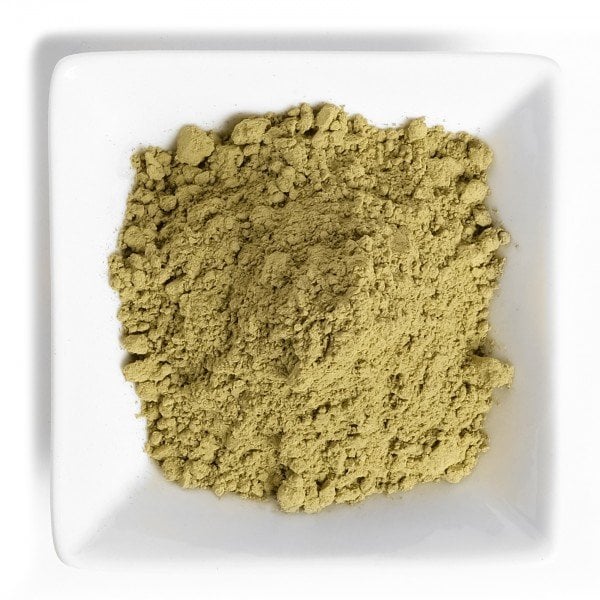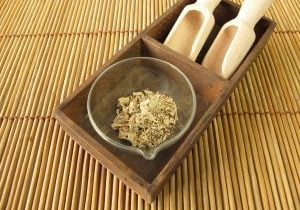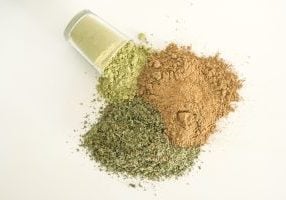In recent years, people are becoming more and more concerned with the environmental impacts of their lifestyles, and there are good reasons for that. Climate change is a real concern in many parts of the world, and people fighting negative environmental impacts in many areas of the world.
In the same vein, it is reasonable to wonder what kind of effect kratom farming might be having on the environment. Farming, in general, is a complicated industry. Some types of farming help the planet’s overall balance while other types of farming are causing issues for people in the area.
Is kratom farming sustainable? Does the change to kratom farming in some regions of Southeastern Asia reflect a positive change in the conditions there? This is a complicated issue; let’s take a closer look.
Can Kratom Be Farmed Sustainability?
As we look to the future of kratom, we need to think about whether or not kratom can be farmed sustainably and how the environmental impacts it has on the world matter.
Traditionally, kratom was farmed in very sustainable ways. Usually, small pods of farmers would live scattered in villages throughout the forests, and they would harvest kratom from wild trees. These leaves would then be used for traditional tea and other rituals in the villages.
Have those practices continued today? Let’s talk about how kratom is still farmed in a relatively sustainable way.
Harvested From Mature Trees
Kratom leaves are typically harvested from mature leaves, and this allowed the trees to be kept growing for long periods of time. Since kratom trees are rarely cut down, there is less disruption to the overall ecosystem, and that is a big plus.
This choice, however, is not one that was made for the sake of sustainability.
Kratom leaves are not ready to be harvested until the tree is at least three years old, and the highest-quality harvests are known to come from trees that are at least 20 years old. This means that old growth is good growth, and the best kratom farmers know this.
For the sustainability of kratom to continue into the future, this knowledge needs to be passed own to the next generation of kratom farmers.
Farmers Know Best
One of the coolest things about kratom farming’s effect on the environment is that treating the environment right while farming actually leads to a higher quality harvest. This is why farmers have stuck to age-old traditions that are healthy for the plants and the universe while still creating great products.
In particular, they do the following:
- Harvest only what is needed
- Harvest carefully, protecting new growth
- Avoiding pesticides
- Working with wild-grown trees
- Preventing damage to the rainforest canopy, as kratom trees like to grow under a canopy
These practices are great for the environment, and they’re great for the kratom farmer. That leads to a highly positive environmental impact.
Farming Pods
As mentioned, kratom was traditionally farmed in small pods scattered throughout the forest. Usually, this harvesting was being done for the village and local communities.
As the popularity of kratom has scaled up, however, much of the farming is still being done in this decentralized way. Rather than clearing land and creating huge kratom forests, kratom is being harvested from wild-grown trees or from small backyard farms with little disruption to the ecosystem outside of these areas.
This type of farming is much healthier for the environment than other types of farming industries that are popular in the area. Farmers can turn to kratom to make a profit rather than turning to those destructive industries, and that could make a large difference in the sustainability of regional industries.
Stick To Sustainability
As demand continues to grow for kratom around the world, there is a risk of sustainable practices being abandoned in favor of “faster” production. It’s important that the future generations of kratom farmers continue to follow in the footsteps of sustainable kratom farmers by:
- Only harvesting leaves that are ready and needed
- Leaving the trees with enough leaves to be healthy between harvests
- Avoiding harsh chemicals and pesticides
- Not allowing any chemical processing required to get into local groundwater
- Avoiding any damage to the local ecosystem
Sticking to both wild and backyard farming is a great way to avoid the dangers that can happen with these issues.
A Better Option
One of the main reasons that people believe kratom is going to have a hugely positive environmental impact in regions where it grows naturally is because it can replace more harmful industries.
The palm oil industry, for example, causes a lot of devastation to local ecosystems. IN addition to causing large amounts of deforestation, groundwater is polluted by the production of palm oil, local wildlife is damaged, and the overall ecosystem suffers.
Still, it is one of the only profitable job options for many people in the region, so the industry continues to thrive in some areas.
Another example of a problematic industry is the paper and timber industry. Paper and timber require huge amounts of deforestation, and the logging required is often done illegally in this region. In fact, up to 70% of all logging done in some parts of Southeast Asia is illegal.
Deforestation leads to a severe reduction of the biodiversity and ecosystems in the area. The rainforests are completely erased, and the negative effects of that erasure leave people behind to suffer.
Our Commitment To Kratom
When it comes to our supply chain, we have a commitment to choosing the highest-quality kratom. We want to ensure that all kratom that makes it to our customers is safe and well-tested, and that will always be our number one commitment.
Additionally, we plan to continue to pay close attention to the practices carried out by our kratom farmers and every farm we purchase any kratom from. These practices will include sustainability, and we are excited for more standards to be established in this particular aspect of the overall kratom industry.
The future of kratom can be a sustainable one – and we hope that it is!











